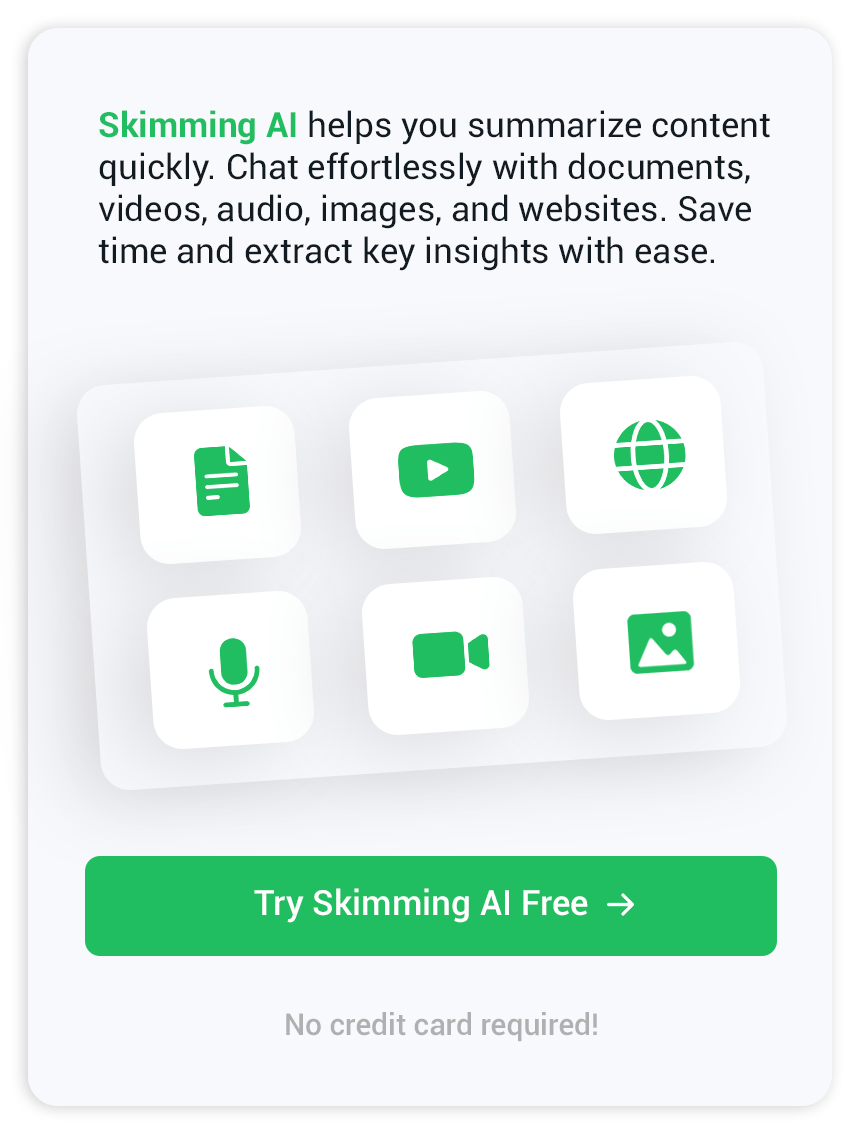AI Generate Video from Text: Your Guide to Instant Visual Storytelling
The promise of typing a prompt and receiving a polished clip once sounded futuristic, yet creators are already publishing shorts, ads, and training modules generated entirely by artificial intelligence. Below is a practical walk-through of how AI-generated video from text workflows fits into every stage of production, highlighting which platforms excel at specific tasks and the creative habits that distinguish compelling movies from forgettable slideshows.
Why creators are turning words into motion
Text-to-video generators solve three familiar bottlenecks: on-camera talent, post-production time, and licensing headaches. Canva's Create a Video Clip offers eight-second 16:9 clips with sound in one click, relying on Google's Veo-3 model to match cinematography terms such as "rack focus" or "time-lapse" with fluent visuals. InVideo AI, trusted by millions of users, can draft a script, pull stock media, layer SFX, and even clone your voice from a 30-second sample. These tools shift budgets from crews toward ideation; the only thing you still have to supply is a clear prompt.
How text-to-video AI works behind the scenes
Large language models craft a narrative spine.
A transformer reads your prompt, maps out beats, and decides where to place titles, B-roll, and voice lines. Some engines, such as Synthesia, even transform entire PDFs or PowerPoint files into scene lists with timelines.
Generative visuals merge assets and animation.
Diffusion or autoregressive image models create keyframes, then interpolate motion. Fliki lets you swap its stock library for custom artwork or uploads, while Veo-3 can simulate real-world physics for lifelike movement at up to 4K
Voice synthesis and timing bring rhythm.
Platforms license multilingual neural voices and adjust cadence to match shot length. Some, like VEED, now pass transcripts through subtitle engines in the same step, embedding captions for accessibility. VEED.IO.
Picking the right AI video generator
Budget-friendly choices for beginners
- Fliki: script-based editor ideal for tutorials, with thousands of voices and generous free credits.
- VEED: web recorder plus text-to-video, handy if you also need quick screen captures. VEED.IO.
Studio-level platforms for brands
- Synthesia: 230+ photo-real avatars and SOC-2 compliance, suitable for enterprise training.
- Canva + Veo-3: Seamlessly slot in for existing Canva brand kits, valuable when teams have already built decks there.
Skimming AI for rapid pre-production
Drafting ideas still starts with research. When you need to skim a 30-minute webinar before turning it into a clip, Skimming AI YouTube summarizer distills timestamps and key talking points, allowing your prompt to capture only what matters.
Prompt writing habits that power vivid clips
Use cinematic language
Replace "show a sunset" with "wide golden-hour shot of an orange horizon, gentle camera pan."
Include mood and pacing cues.
Note tempo (slow, upbeat), music style, and any dialogue pauses so the generator syncs VO and movement.
Iterate with short batches first.
Many engines preview five-second snippets. Edit those before spending credits on a full minute.
Polishing the draft clip inside your editor
Colour grading and overlays
Even AI footage benefits from contrast tweaks and branded lower thirds. Canva and Synthesia both allow you to reopen renders in their native editors, enabling you to adjust LUTs and logos without rerendering the voices.
Subtitles, captions, and accessibility
Enable auto-captions in VEED or Invideo, then review for names or acronyms. Burn-in text enhances retention on muted feeds.
Publishing and measuring engagement
Platform-specific formats
Portrait 9:16 files outperform landscape on TikTok and Reels, while YouTube still rewards 16:9 for long-form. Most generators let you swap aspect ratios before export.
Reading the first 48 hours' metrics
Watch average view duration. If the open is weak, trim the first three seconds and resubmit the same prompt with "jump straight to action" added.
Ready to write your first prompt?
Start with a sentence that conveys purpose, audience, and visual tone. Add pacing notes, choose the tool that fits your budget, and preview a micro-cut today. The gap between script and screen has never been slimmer, and your following social clip could arrive before the coffee cools.


